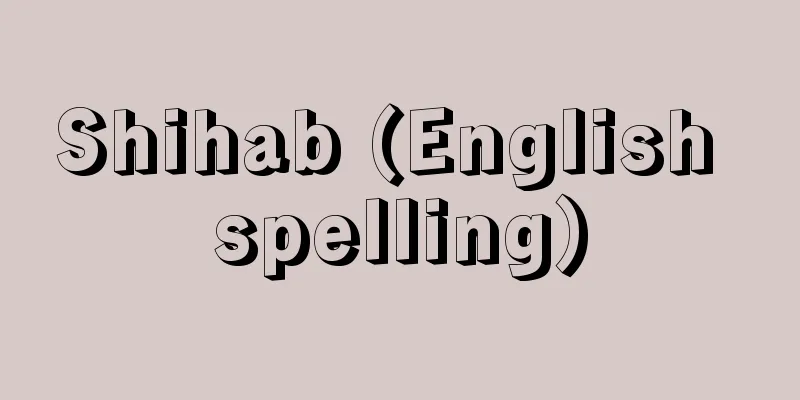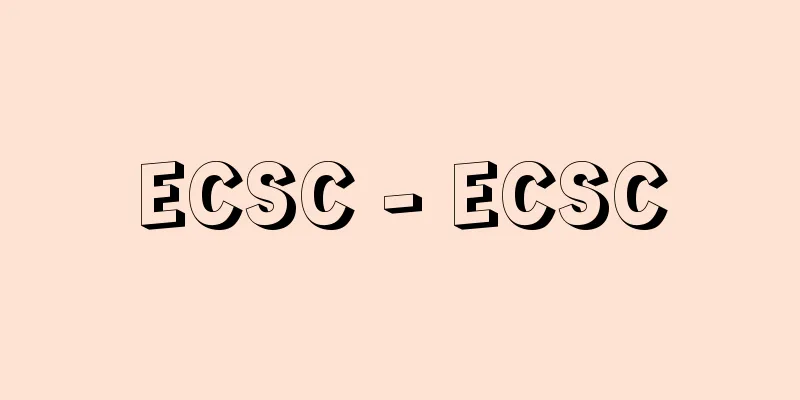Voiced consonant - dakuon

|
In Japanese, voiced consonants are syllables (moira) represented by kana characters with a voiced dot, and to pronounce them as voiced consonants is called "nigoru" (going dark), and they are the opposite of clear consonants. The initial consonants of the strict clear consonant Kasataha row, and the Gazadaba row and its yo-on moira, which have the same (or once had the same) position and method of articulation, are considered to be voiced consonants, and the two are considered to correspond to clear and voiced consonants (e.g., Ka (mosquito) and Ga (moth) correspond to [k] and [g], and Mato (target) and Mado (window) correspond to [t] and [d]). In ancient times, Man'yōgana was used to distinguish between clear and voiced sounds, but hiragana and katakana did not have separate characters for writing, and the same kana was used for both clear and voiced sounds. Later, voiced sounds were sometimes indicated with voiced sounds (゜゜ and ‥), and since the early modern period, it has become common to add a voiced sound mark to the shoulder. When a word with a clear first mora becomes the rear component of a compound word and becomes a voiced sound, this is called "rendaku," and there are some rules that apply. Furthermore, voiced sounds did not, as a rule, appear at the beginning of a word until Chinese words were established in Japanese, and many Japanese words that begin with a voiced sound are of low value, such as gani (crani), gomi (gomi), dobu (doro), doro (doro), and biri (biri). [Kazue Akinaga] [Reference item] | | |Source: Shogakukan Encyclopedia Nipponica About Encyclopedia Nipponica Information | Legend |
|
日本語の濁音とは、濁点をつけた仮名文字で表す音節(拍)で、濁音に発音することを「にごる」といい、清音に対立する。狭義の清音カサタハ行の頭子音と、調音の位置や方法が同じ(またはかつて同じだったとされる)有声子音の拍であるガザダバ行とその拗音(ようおん)の拍を濁音とすることで、両者を清濁の対応としてとらえている〔例、カ(蚊)とガ(蛾)は[k]と[g]の、マト(的)とマド(窓)は[t]と[d]の対応〕。 上代は万葉仮名で清濁別の文字を使ったが、平仮名・片仮名には別文字の書き分けがなく、同じ仮名で清濁両様に用い、のちに濁声点(゜゜や‥)などで濁音を示すことがあり、近世以降は肩に濁点を付す形が一般的となった。なお、第一拍清音の語が複合語の後部成素となって濁音化することを「連濁」といい、多少の法則がある。また、濁音は漢語が日本語に定着するまで原則として語頭にたたず、和語で濁音で始まる語は、ガニ、ゴミ、ドブ、ドロ、ビリなど価値の低いものが多い。 [秋永一枝] [参照項目] | | |出典 小学館 日本大百科全書(ニッポニカ)日本大百科全書(ニッポニカ)について 情報 | 凡例 |
>>: Tāq‐i Bustan (English spelling)
Recommend
Konzern (English spelling) German
A corporate merger is a type of comprehensive cor...
throttling
…Compression of the neck by the hand is called th...
Izumikizu
… [Matsubara Hiroshi] [history] Located on the so...
Swadesh, M.
Following this example, in Japan, English scholar...
Four Parts Classification - Shibubunrui (English)
A classification system for Chinese books. It is d...
exudation
…That is, when the stem of a plant is cut a littl...
Roast - roast (English spelling)
This dish is made by placing large chunks of game...
Central scotoma
…In the later stages of retinitis pigmentosa and ...
Wilken, U.
…History is a complementary field to the study of...
Agil Mangabey - Agil Mangabey
...Mangabey is the name of a region in Madagascar...
Juan Gris
Spanish painter. His real name was José Victorian...
Johannes Jonstons
1603‐75 A Polish physician and naturalist, his Eng...
Kusha grass - Kushasou
…A plant used in various ways in Indian religious...
Kaname Okubo
A samurai and patriot of the Tsuchiura Domain in ...
Cho Myoung-hee (English spelling)
1892‐1942 Korean poet and novelist. His pen name w...









